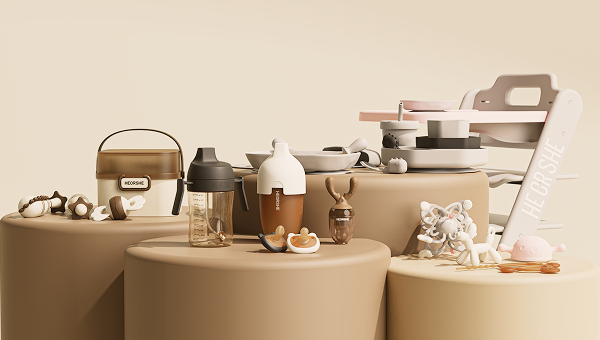Using a pacifier, also known as a dummy or soother, can help soothe and comfort a baby.
Here are some guidelines for using a pacifier properly:

1. Choose the right pacifier: Select a pacifier that is suitable for your baby's age and developmental stage.
Pacifiers come in different sizes, so make sure you pick one that is appropriate for your baby's age group.
2. Sterilize the pacifier: Before using a pacifier for the first time, sterilize it by boiling it in water for a few minutes or following the manufacturer's instructions.
Regularly clean the pacifier afterward by washing it with warm, soapy water.
3. Introduce the pacifier at the right time: It's generally recommended to wait until breastfeeding is well established before introducing a pacifier, usually around 3 to 4 weeks of age.
Introducing a pacifier too early may interfere with breastfeeding.
4. Offer the pacifier for comfort: When your baby is fussy or needs soothing, gently offer the pacifier.
It can help provide temporary relief by satisfying the baby's natural sucking instinct.
5. Limit pacifier use for sleep: If you choose to let your baby use a pacifier during sleep, do not force your baby to use it if they resist.
However, research suggests that using a pacifier during sleep may reduce the risk of sudden infant death syndrome (SIDS).
If the pacifier falls out during sleep, there is no need to put it back in your baby's mouth.
6. Avoid using the pacifier as a substitute for feeding: If your baby is hungry, it's essential to feed them rather than offering a pacifier.
Pacifiers should not be used to delay or replace regular feedings.
7. Monitor pacifier use: Be mindful of how often and how long your baby uses the pacifier.
Excessive pacifier use can interfere with feeding and speech development.
Once your baby reaches 6 to 12 months of age, consider gradually weaning them off the pacifier to avoid potential dental issues.
Remember, each baby is unique, and what works for one may not work for another.


